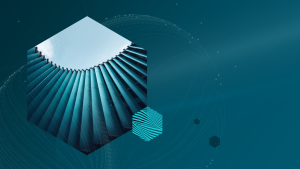
Six Steps to Achieve Business Observability
Turn your data into dollars and make better business decisions.
View this ebook to learn how to turn your data into dollars and make better, data-driven business decisions. Topics include:
- The definition of business observability, including the difference between monitoring, observability, and business observability
- Common use case examples of business observability in action by industry
- The business observability process (six steps)
- The best platform for business observability
- Business observability capabilities


